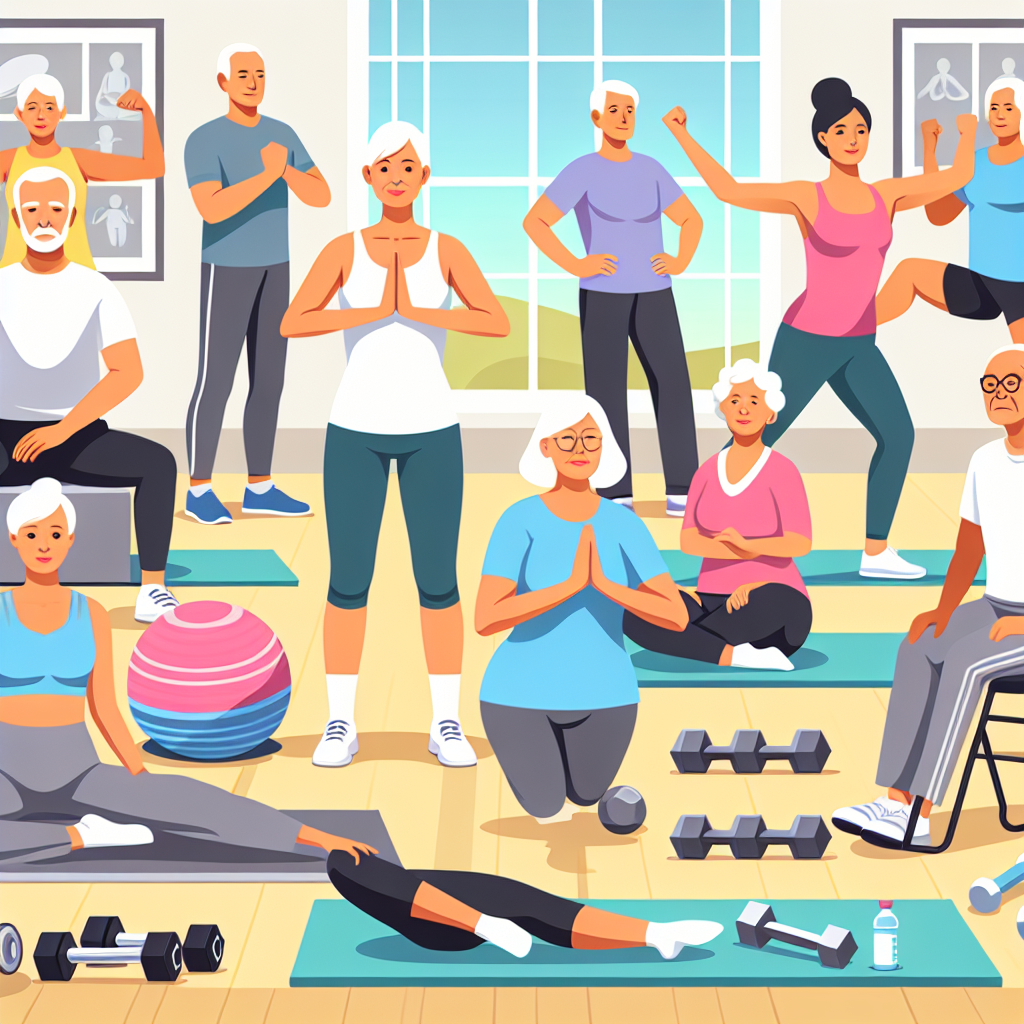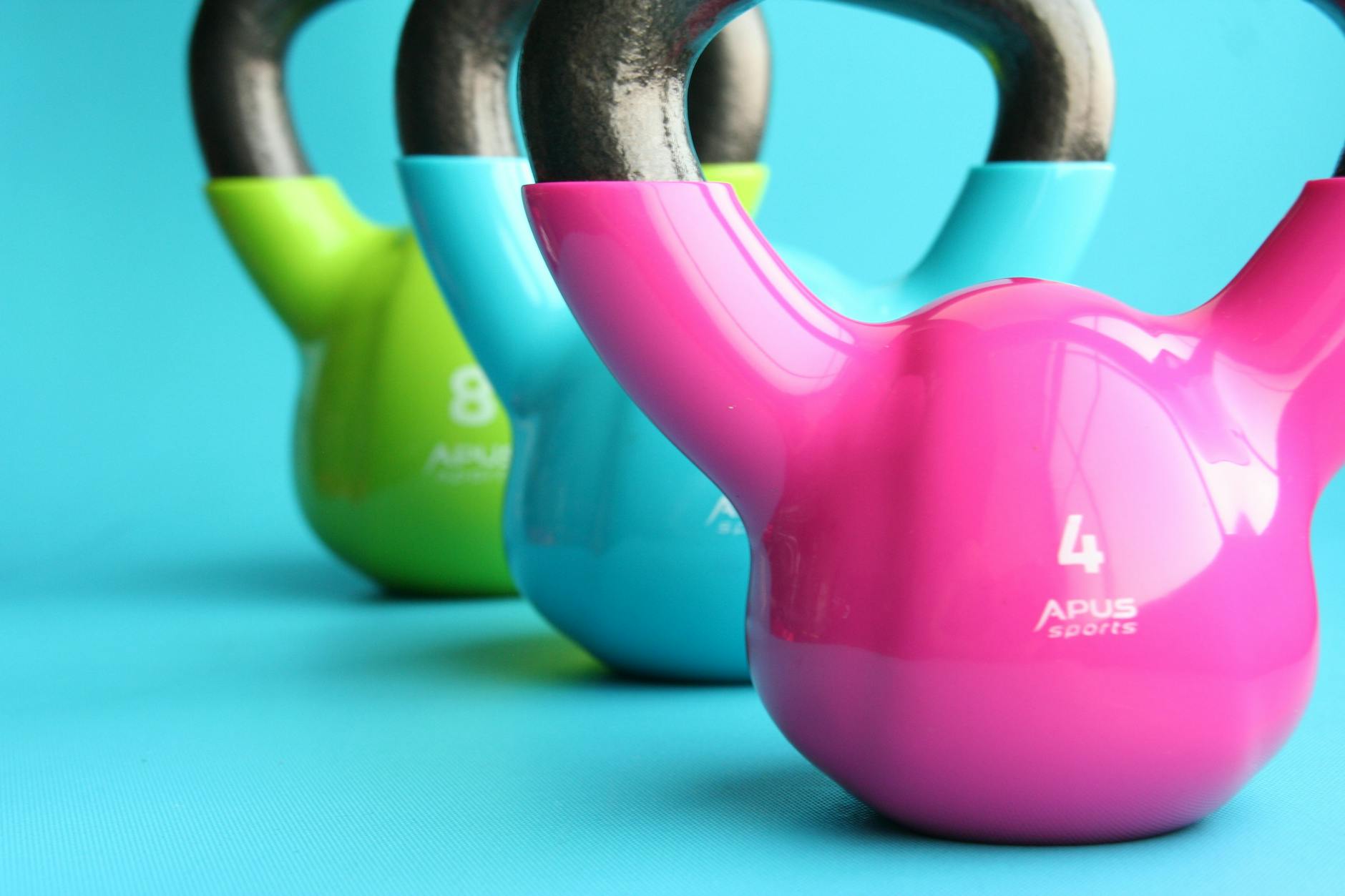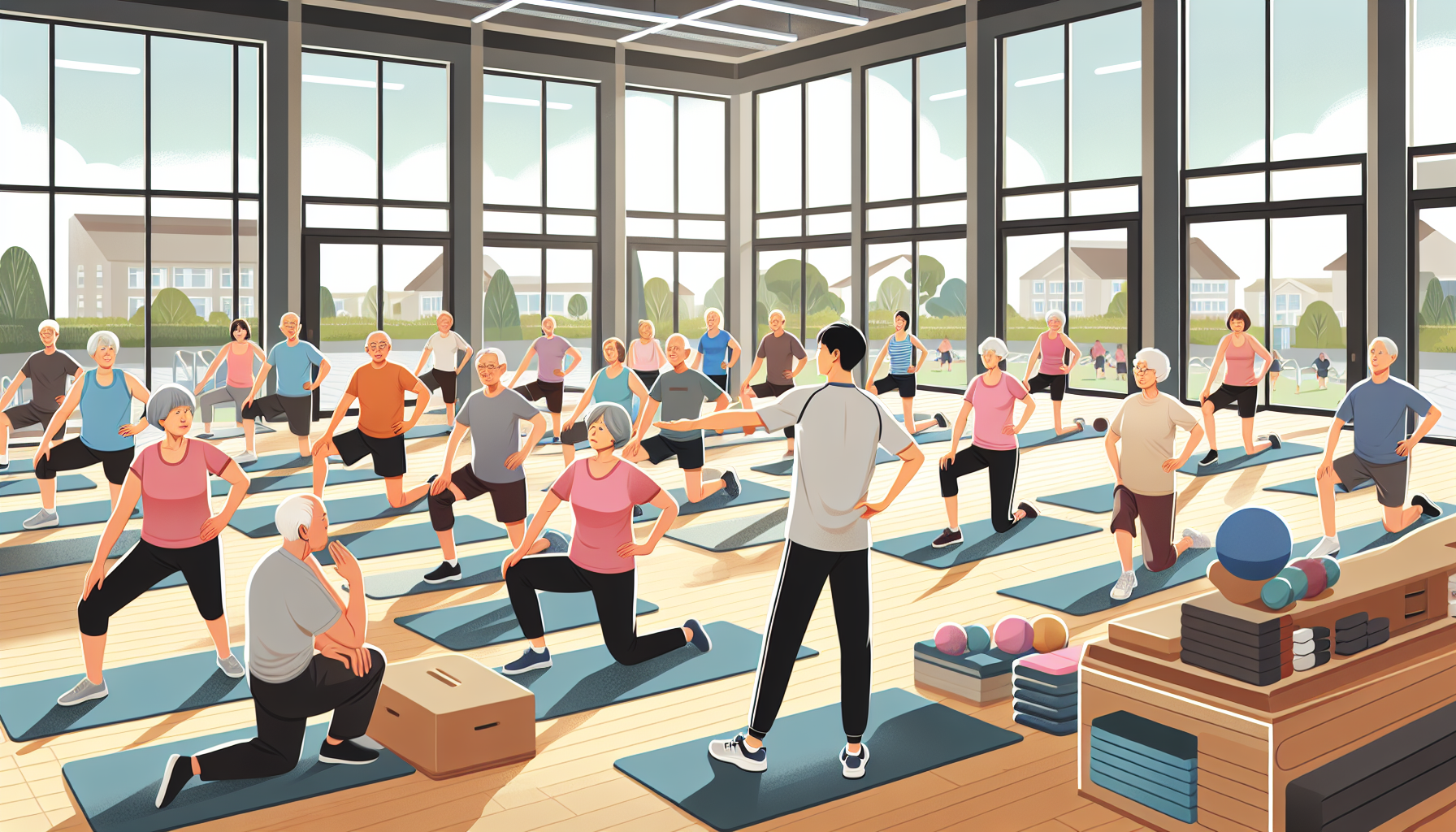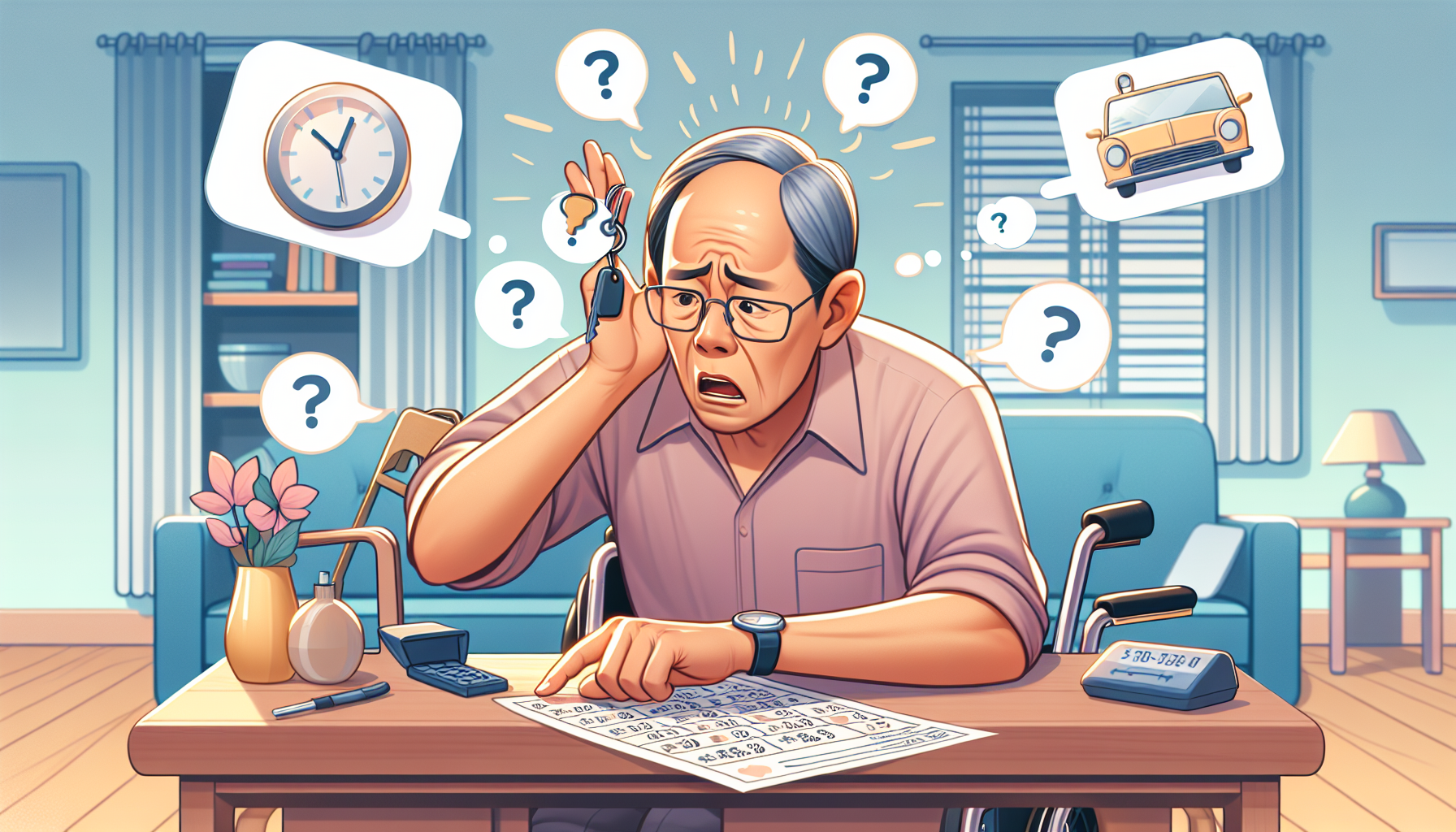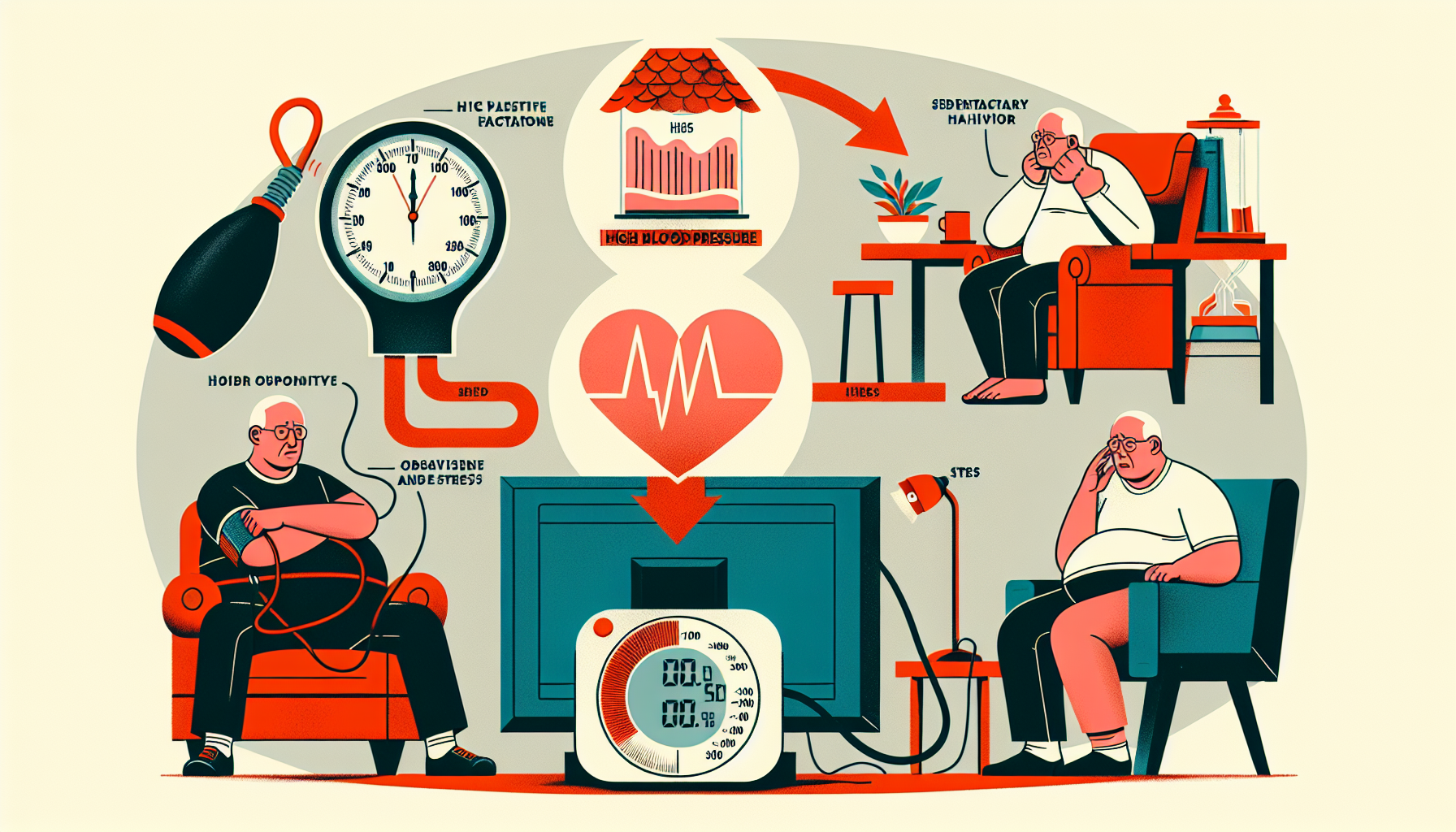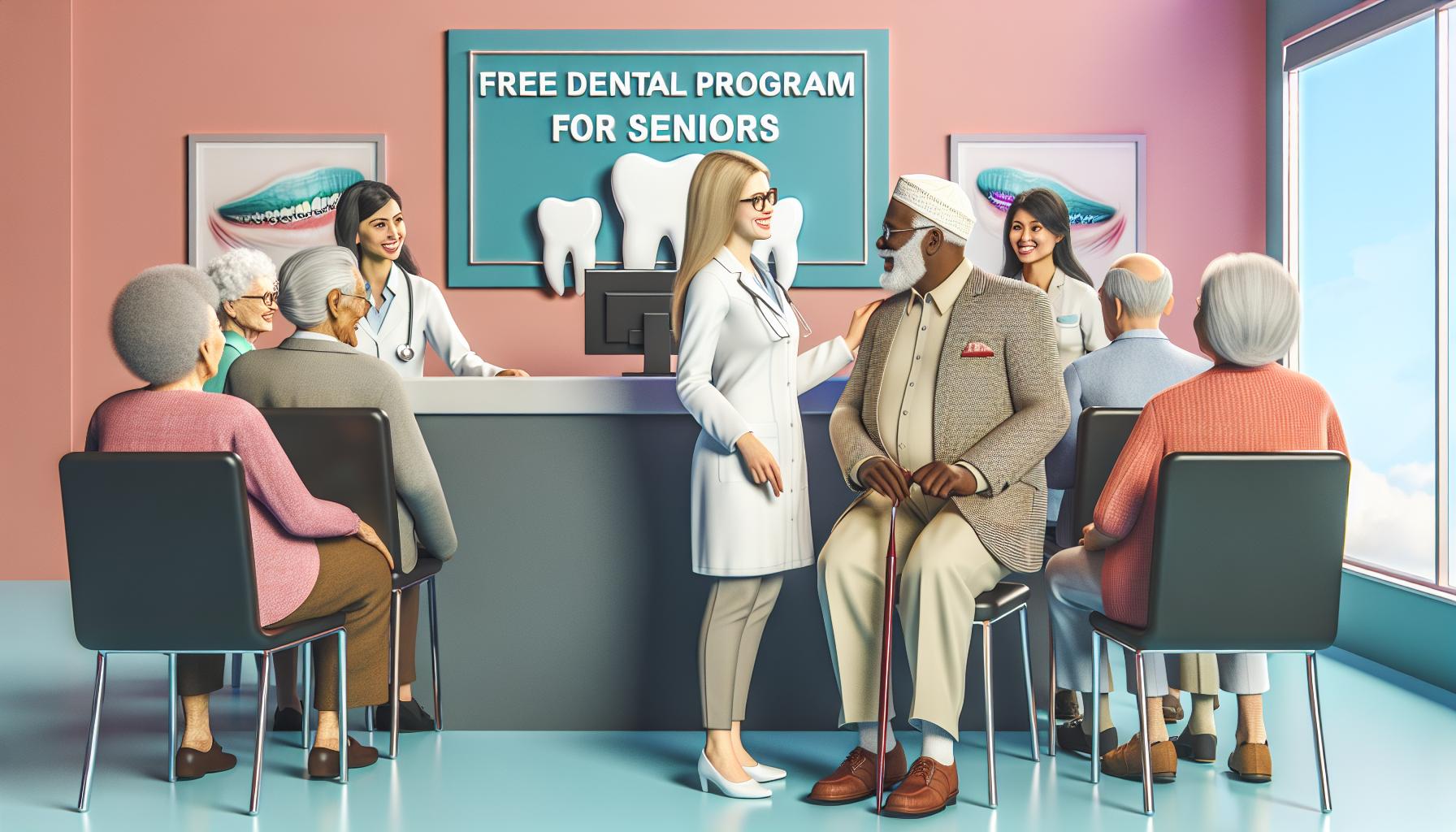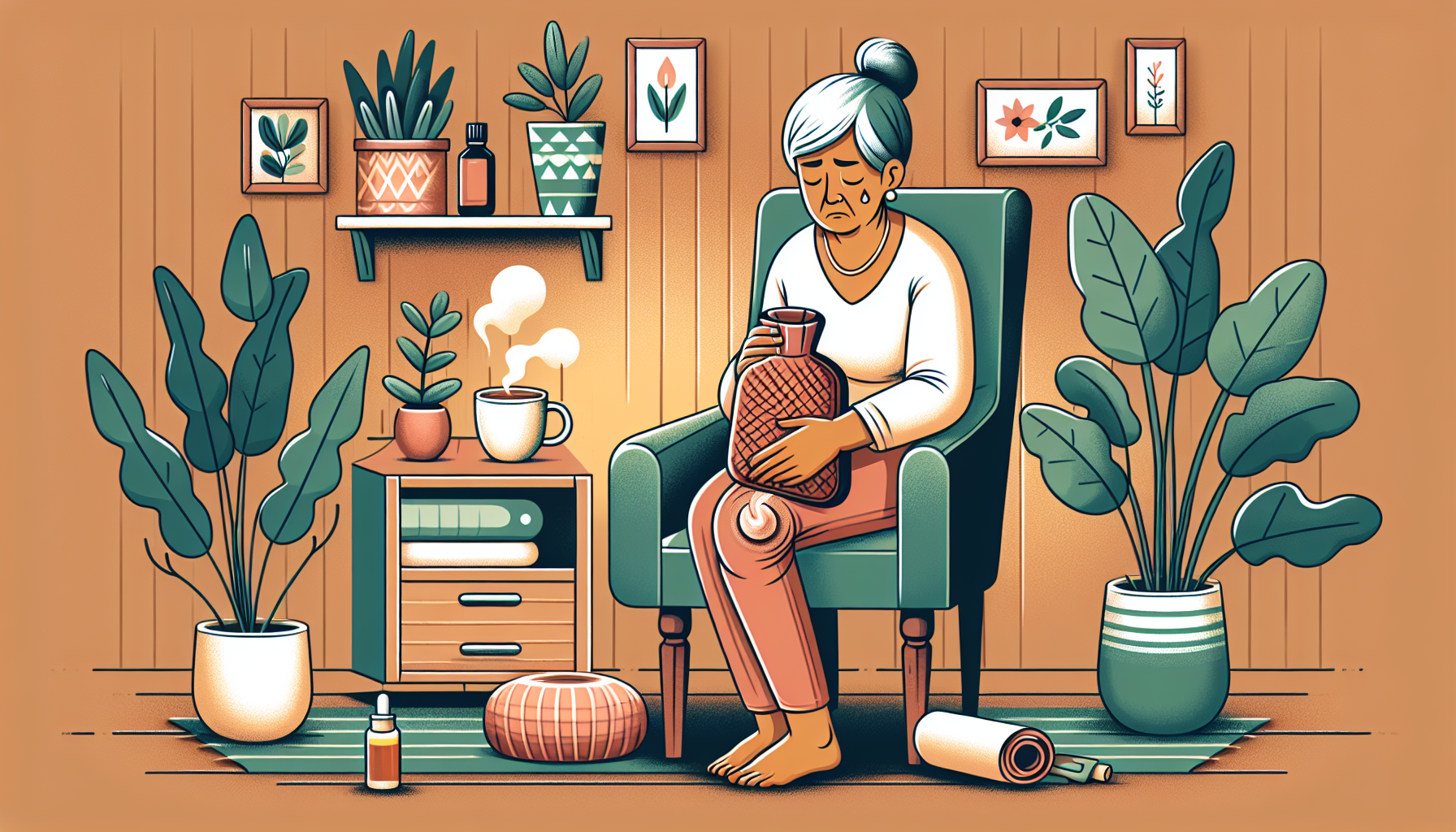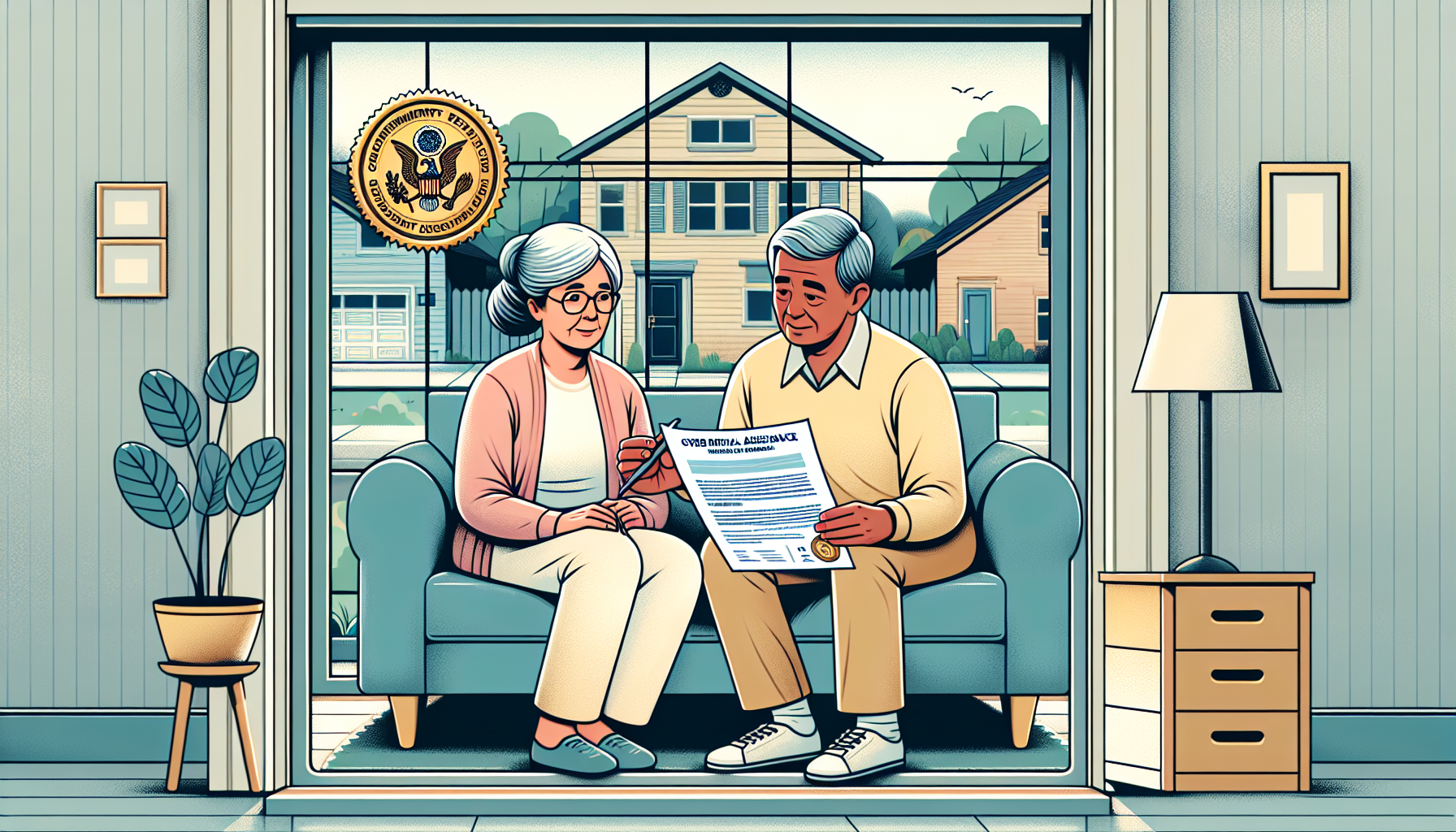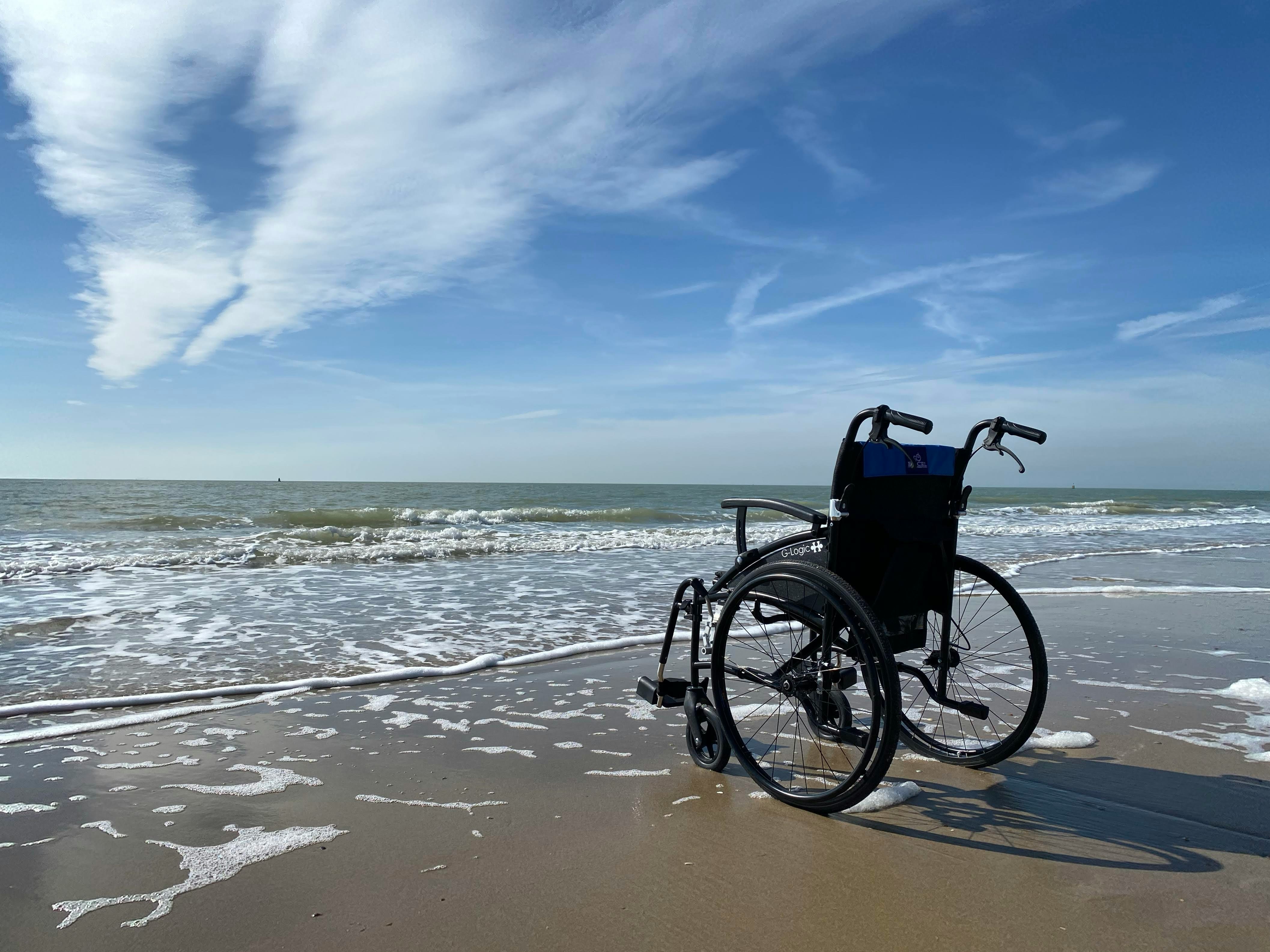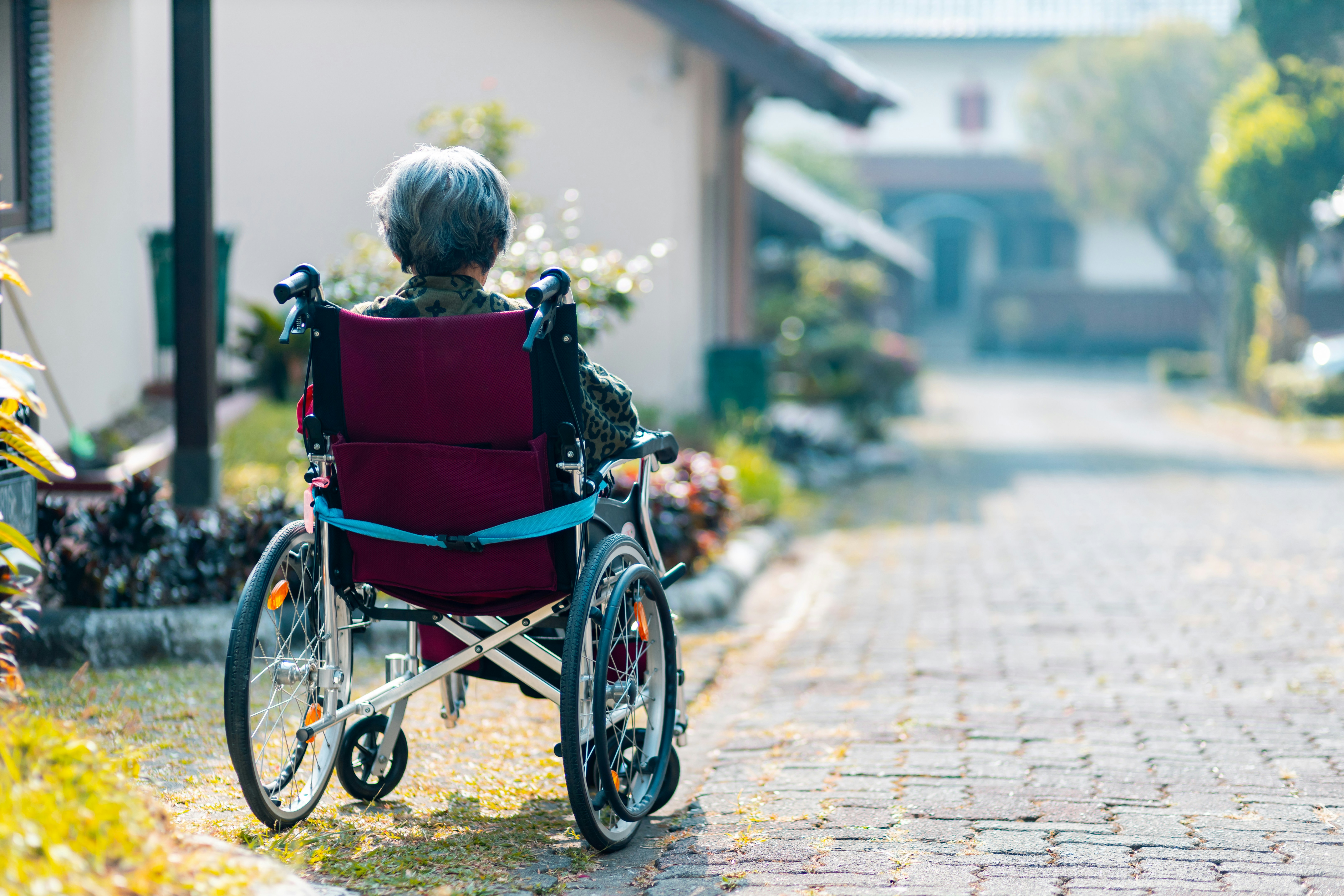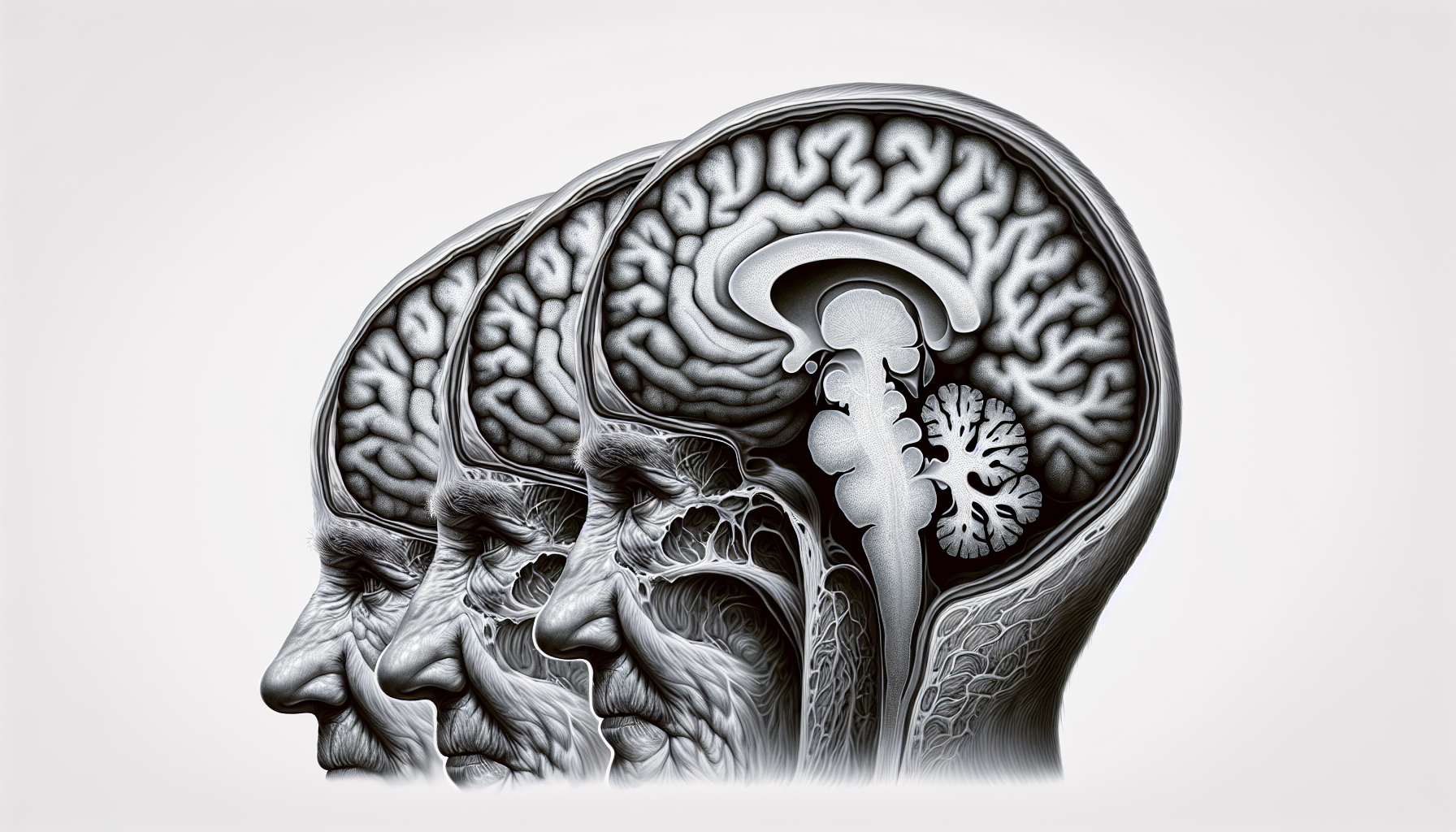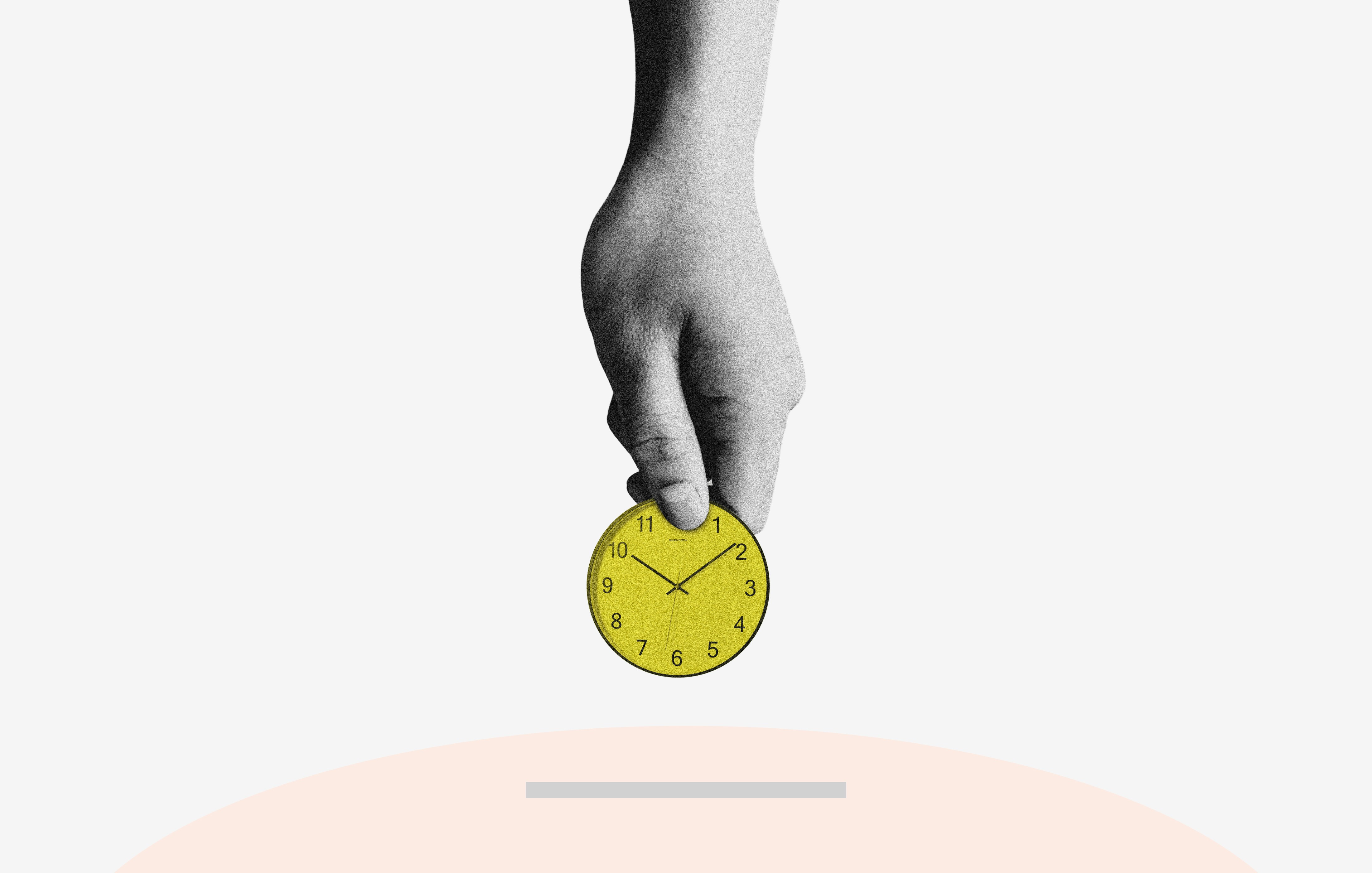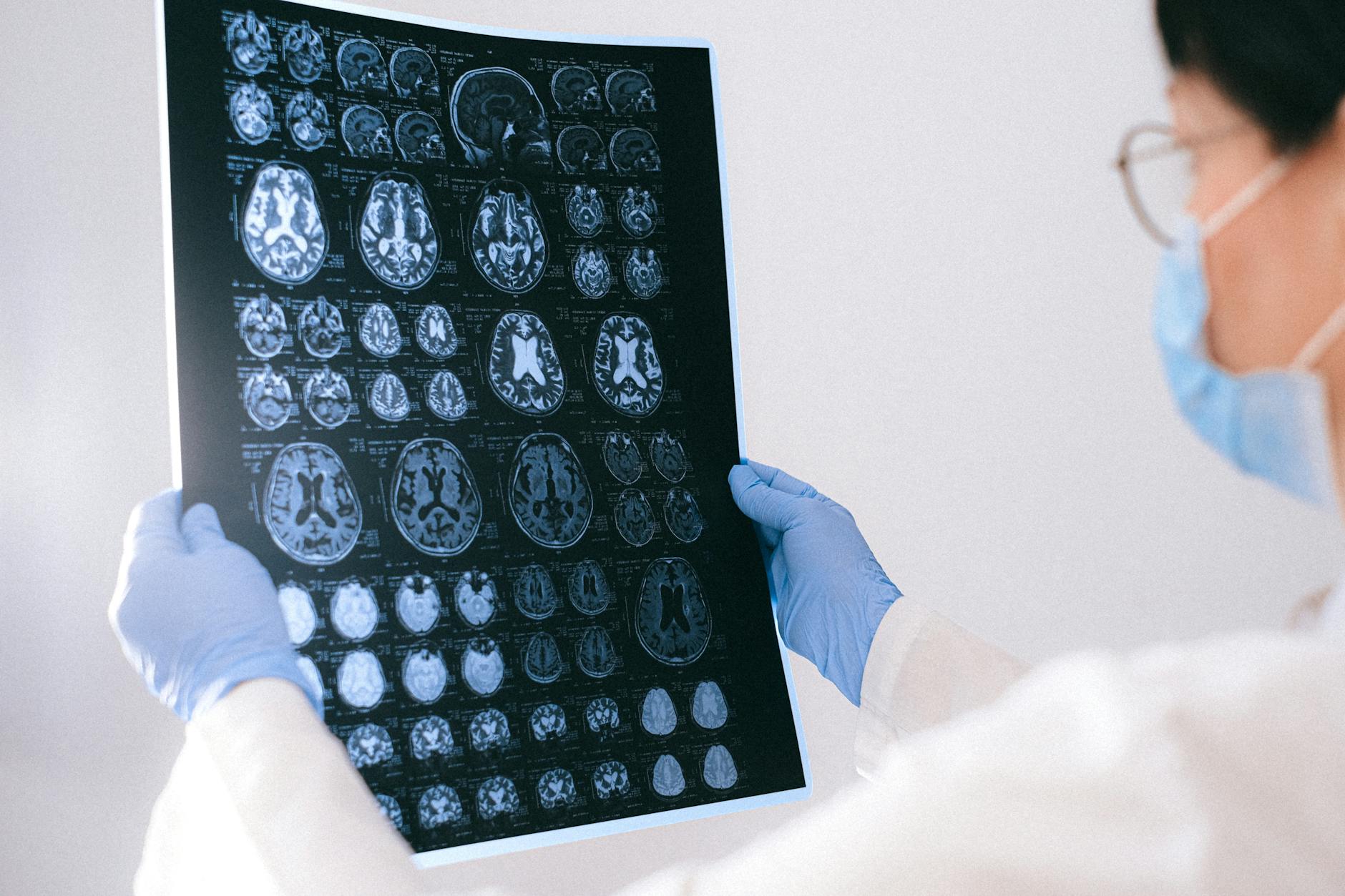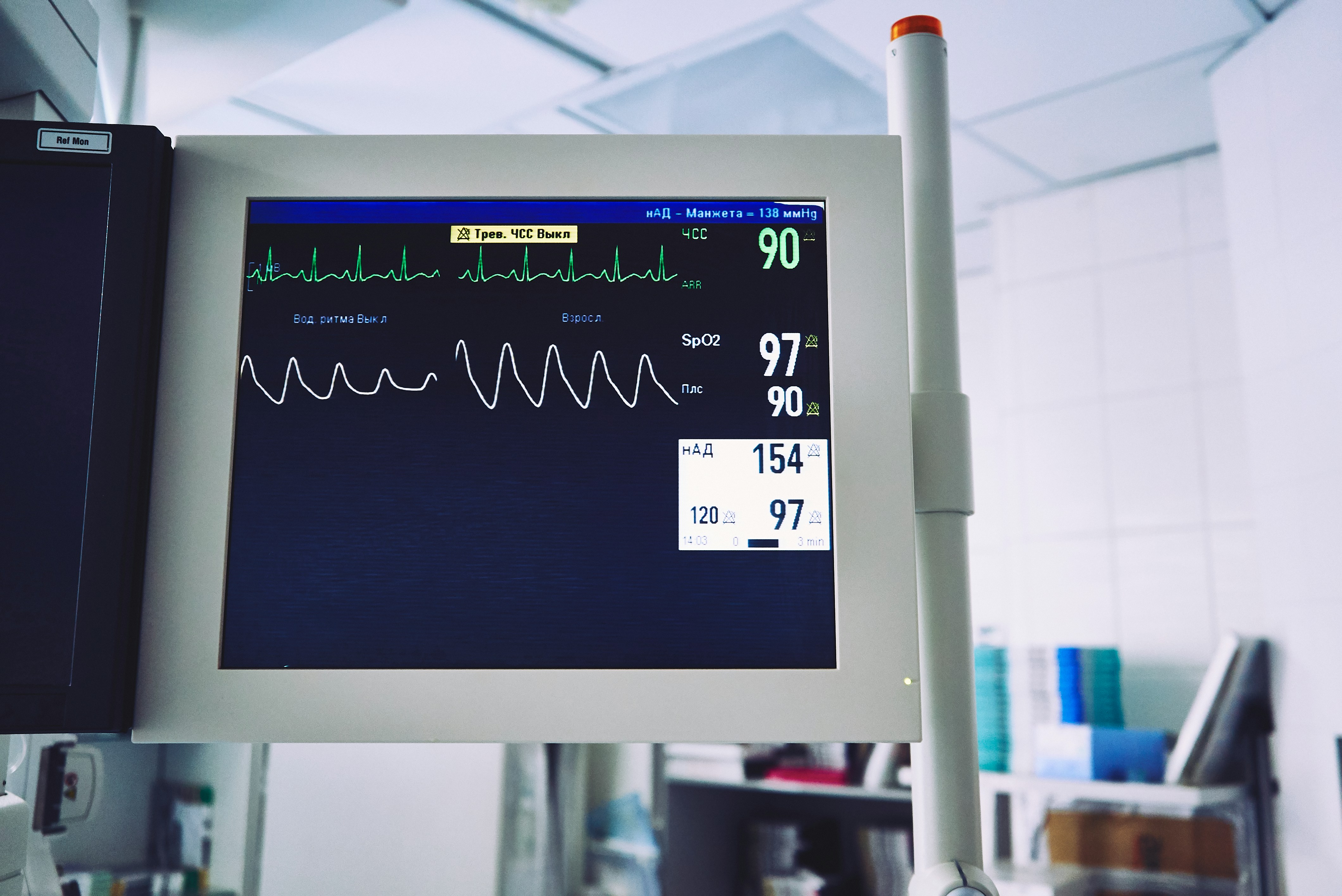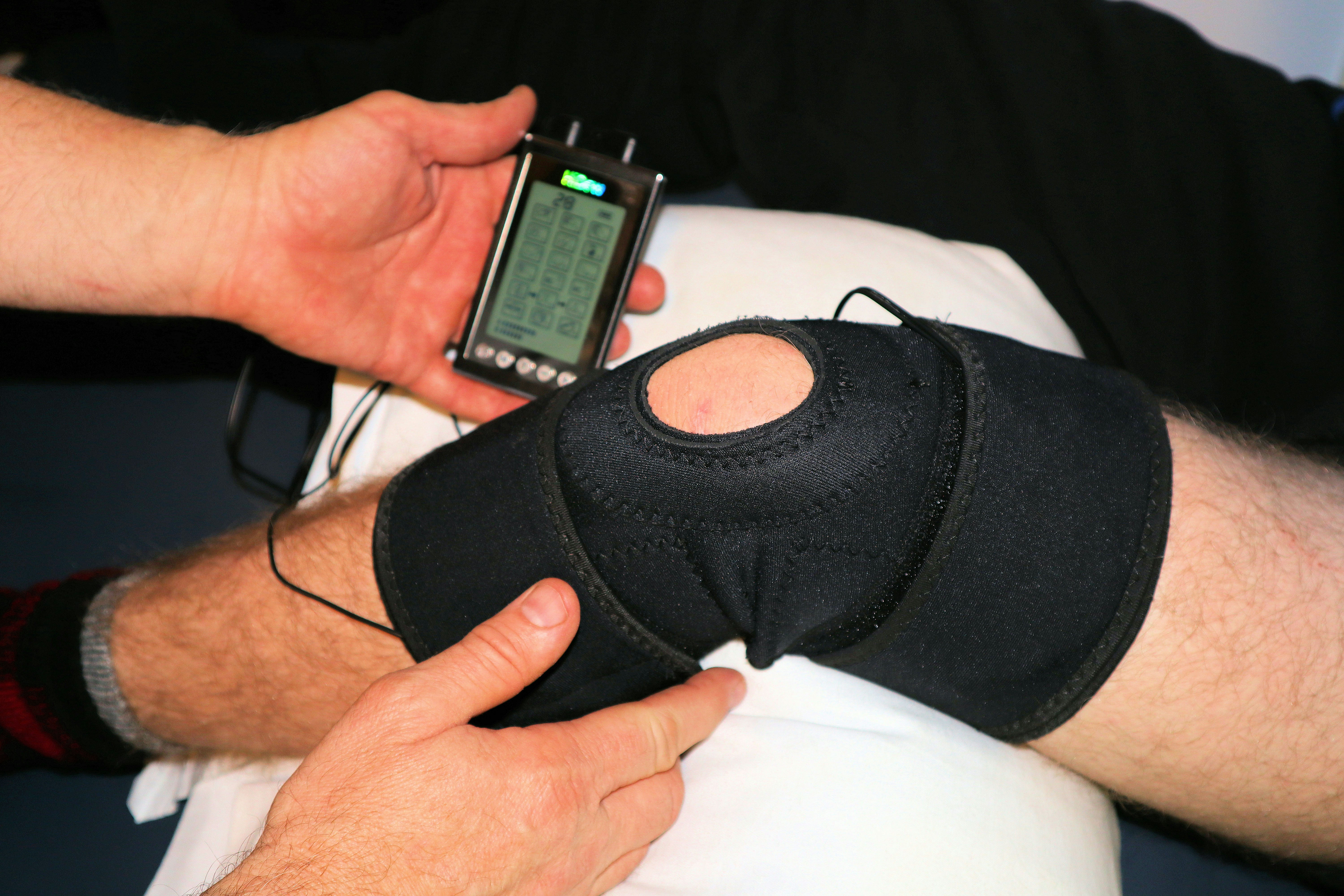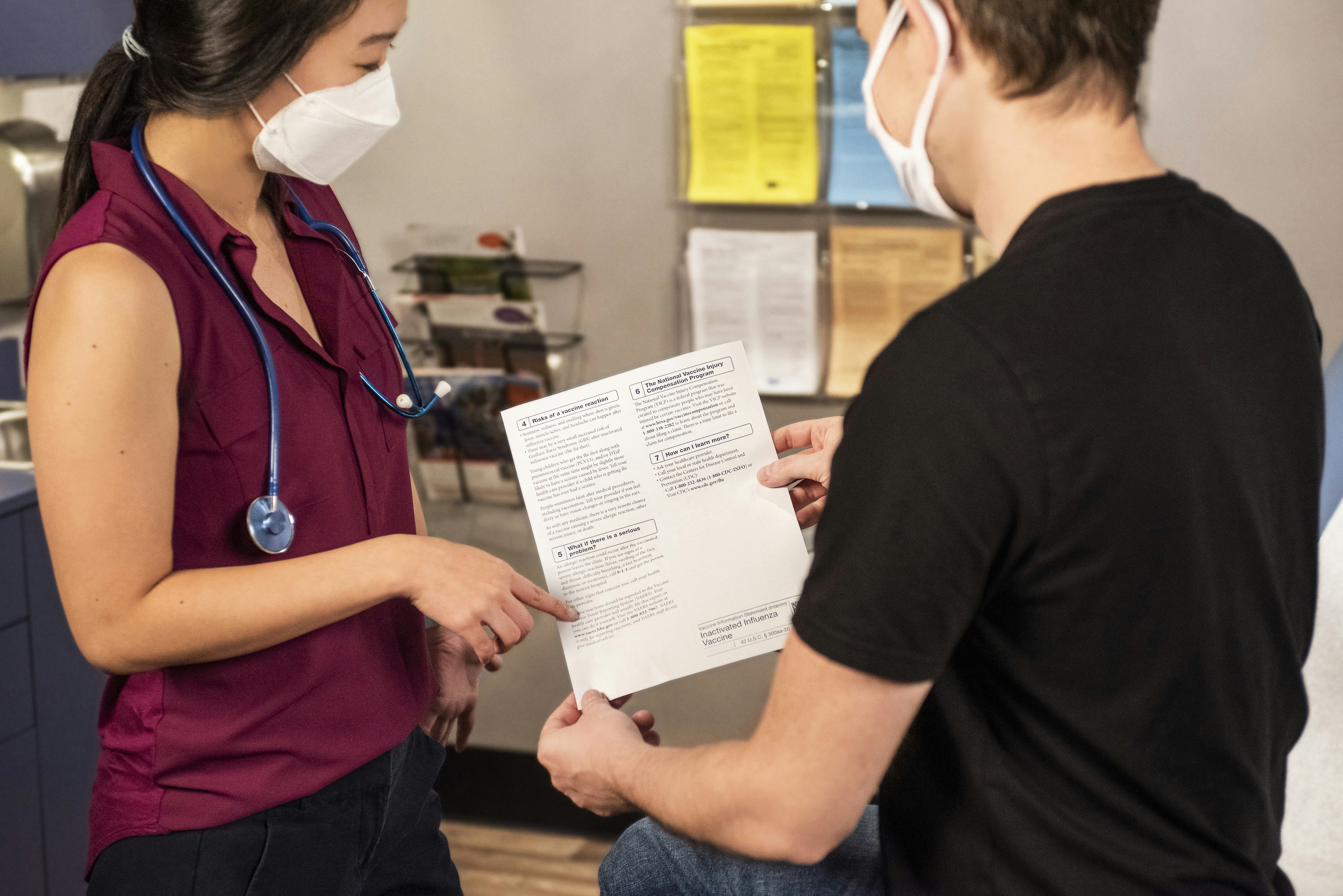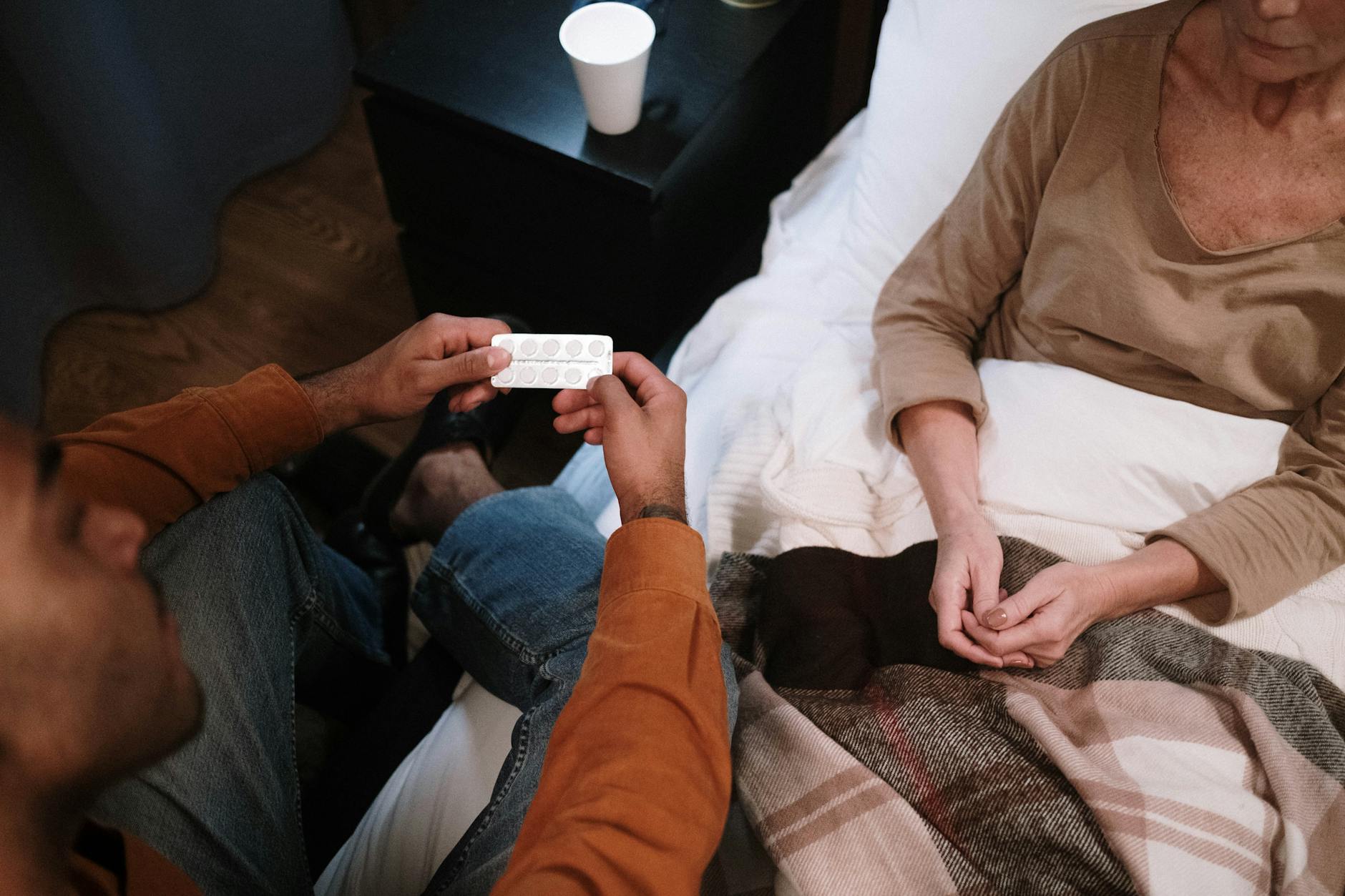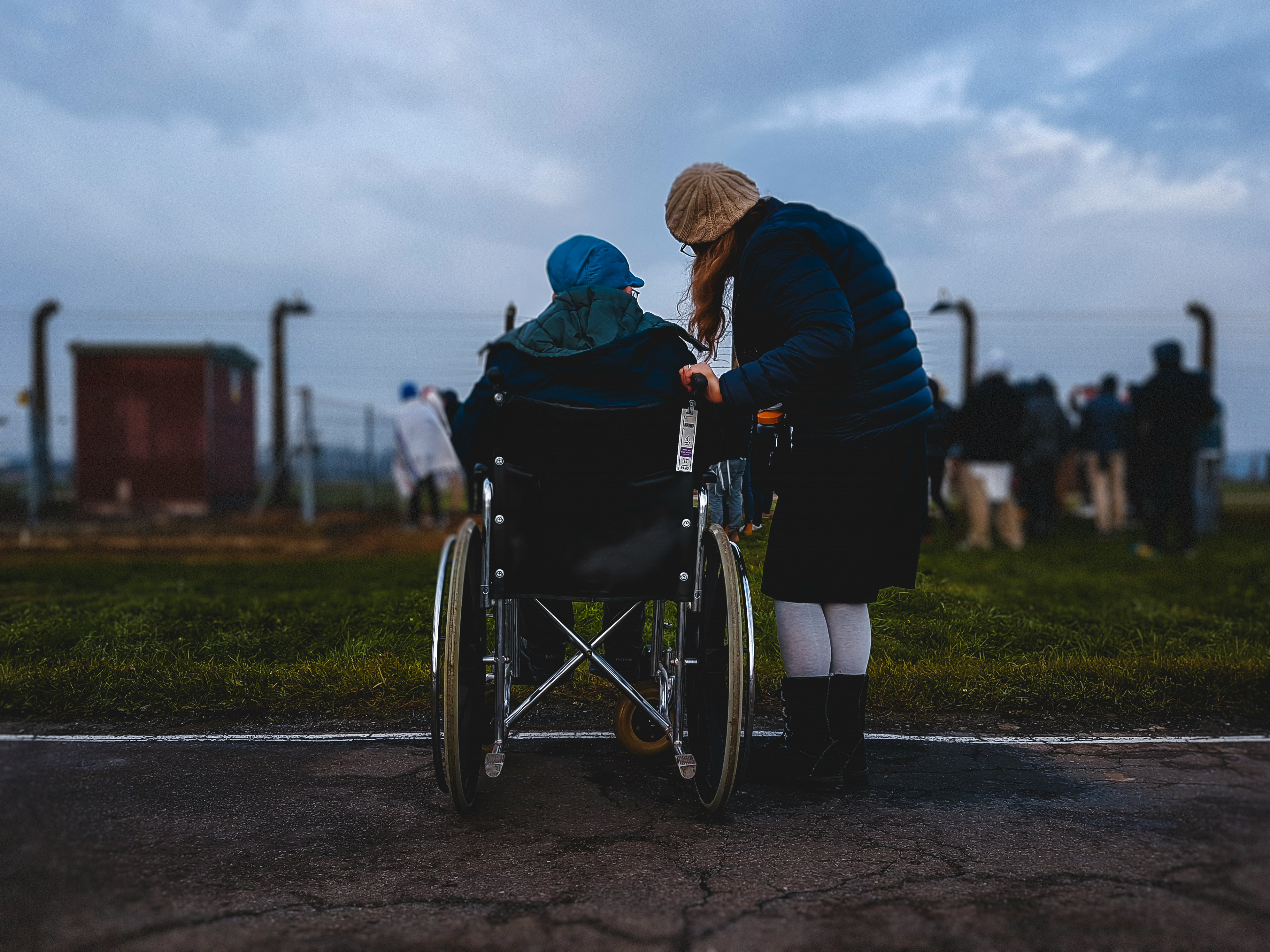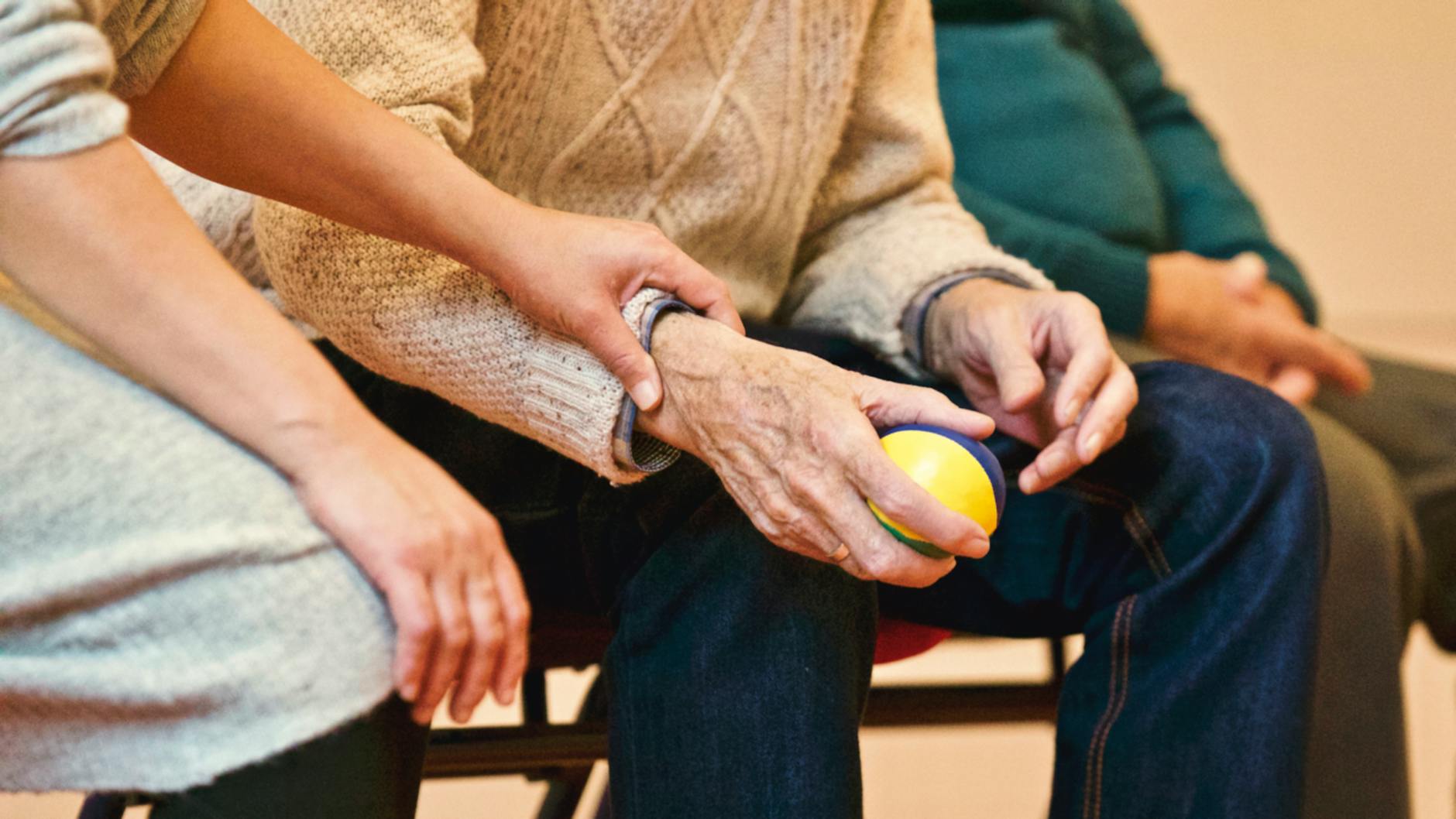What Is Short-Term Rehabilitation?
Let's talk more about faster recovery and improved functional abilities for a better quality of life.

Understanding Short-Term Rehabilitation
Short-term rehabilitation, also known as short-term rehab, refers to a focused and intensive treatment program designed to help individuals recover and regain functionality within a relatively short period of time. This type of rehabilitation is commonly recommended after a major medical issue such as a stroke, neurological problem, surgery, or joint replacement, with the goal of assisting individuals in regaining skills and achieving independence [1].
Definition and Purpose
Short-term rehabilitation facilities provide comprehensive care and support through various therapeutic interventions, counseling sessions, and educational programs. These facilities offer customized and comprehensive treatment plans tailored to individual needs, with the aim of maximizing functionality and independence before the patient returns home. Short-term rehab centers foster a sense of community and provide peer support through group therapy sessions and support groups. This environment allows individuals to share experiences, exchange advice, and feel supported on their journey to recovery.
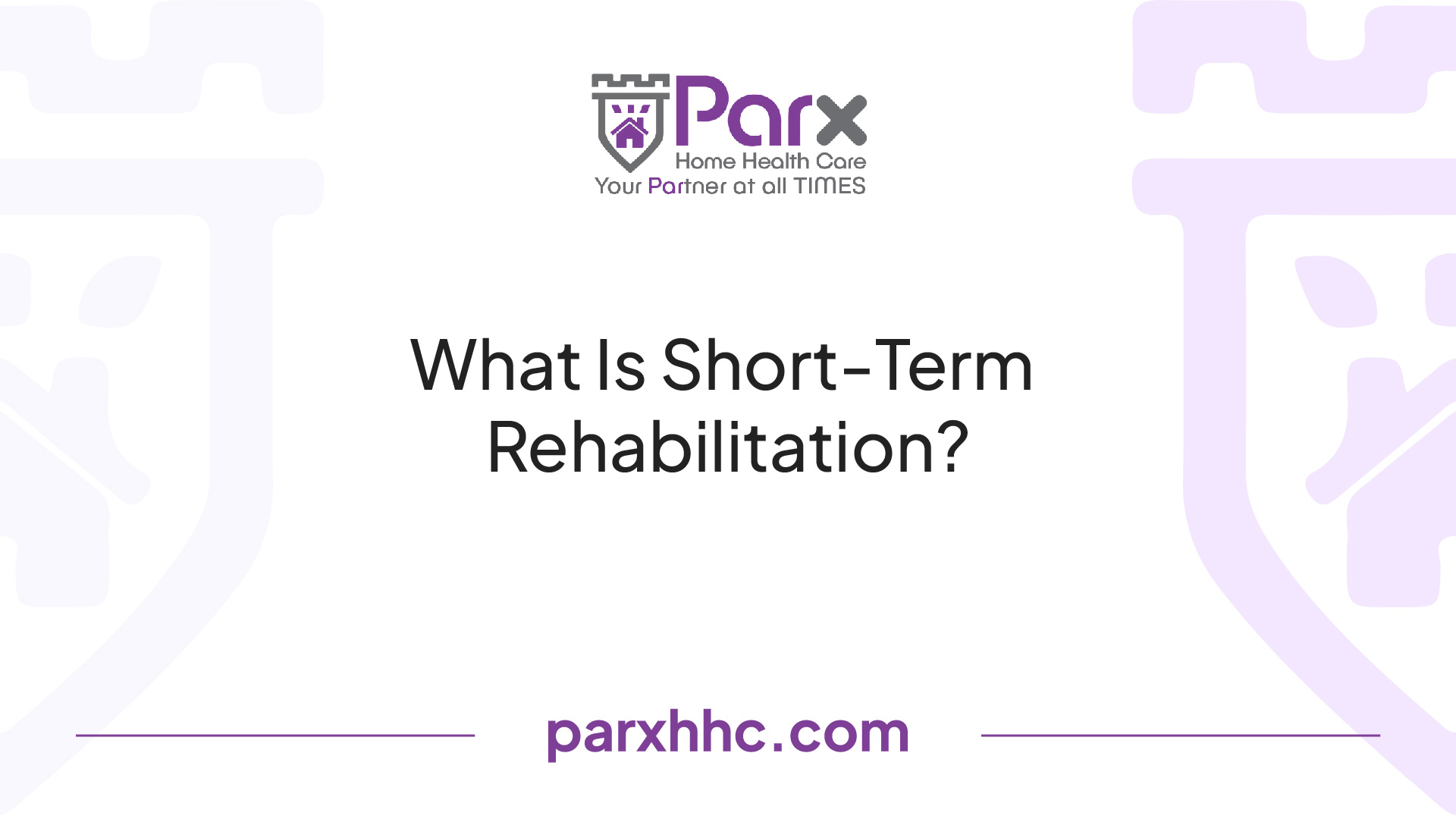
Duration and Intensity
The duration of short-term rehabilitation can vary depending on the individual's needs, the severity of the condition, and the treatment goals. Typically, short-term rehab programs last from a few weeks to a couple of months. During this period, individuals receive focused and intensive rehabilitation services to address their specific needs and challenges.
Short-term rehabilitation services can be provided in various settings, including rehabilitation centers, hospitals, skilled nursing facilities, or even at home. These settings offer a supportive environment where individuals can receive the necessary care and therapies to aid their recovery.
In short-term rehab, individuals benefit from daily sessions involving multiple specialists, such as physical therapists, occupational therapists, and other healthcare professionals. These professionals work collaboratively to provide a holistic approach to rehabilitation, focusing on restoring mobility, strength, and functionality. The intensity of the therapy sessions and the frequency of treatments are tailored to each individual's needs and condition, ensuring that they receive the appropriate level of care and attention.
By participating in short-term rehabilitation programs, individuals have the opportunity to regain their skills, heal, and achieve independence. The comprehensive and individualized nature of these programs helps individuals overcome the challenges they face, allowing them to return to their daily activities with increased confidence and improved quality of life.
Short-Term Rehab Settings
Short-term rehabilitation, also known as subacute rehabilitation, is provided in various healthcare settings to help individuals recover and regain their functional abilities after a medical event or surgery. Two common settings for short-term rehab are inpatient facilities and skilled nursing facilities.
Inpatient Facilities
Inpatient facilities, such as hospitals and specialized rehabilitation centers, offer short-term rehab programs that provide intensive rehabilitation services for individuals who have experienced a recent stroke, accident, or illness. These facilities have specialized units dedicated to intense rehabilitation, with treatment sessions lasting a minimum of three hours per day across different disciplines.
The goal of inpatient facilities is to provide comprehensive rehabilitation to help individuals regain strength, mobility, and abilities necessary for daily living. The treatment plans are tailored to meet the specific needs of each patient, incorporating exercises, therapeutic techniques, and assistive devices. Inpatient facilities offer a supportive environment where patients can receive around-the-clock care, ensuring their safety and well-being during the rehabilitation process.
Skilled Nursing Facilities
Skilled nursing facilities, commonly known as nursing homes, also provide short-term rehabilitation services. These facilities offer a range of healthcare services, including rehabilitation, for individuals who require more specialized care and assistance. Short-term rehab in skilled nursing facilities focuses on restoring mobility, strength, and functionality to improve the overall quality of life for patients.
Skilled nursing facilities have a multidisciplinary team of healthcare professionals, including physical therapists, occupational therapists, and nurses, who work together to develop personalized treatment plans tailored to each patient's needs. These plans may include exercises, therapeutic interventions, and activities to help individuals regain their independence and achieve their rehabilitation goals.
In addition to the rehabilitation services, skilled nursing facilities also provide a community-oriented environment where patients can interact with their peers, participate in group therapy sessions, and access support groups. This sense of community and support is an essential aspect of the recovery process, allowing individuals to share experiences, exchange advice, and feel encouraged on their journey to recovery.
By offering specialized care and support, both inpatient facilities and skilled nursing facilities play a vital role in providing short-term rehabilitation services to individuals in need. The choice of setting depends on the individual's specific medical condition, level of care required, and the recommendations of their healthcare team.
Role of Therapists in Short-Term Rehab
In short-term rehabilitation, therapists play a critical role in helping patients regain their independence and improve their overall quality of life. Two key types of therapists involved in short-term rehab are physical therapists and occupational therapists.
Physical Therapists
Physical therapists (PTs) are instrumental in short-term rehabilitation facilities. They are experts in evaluating and treating physical impairments and functional limitations. PTs develop individualized treatment plans that focus on restoring mobility, strength, and functionality to enhance the patient's overall well-being.
During short-term rehab, PTs utilize various exercises, therapeutic techniques, and assistive devices tailored to the patient's specific needs. They work closely with patients to improve their balance, coordination, and range of motion. Through targeted interventions, PTs help individuals regain independence in activities of daily living (ADLs) such as walking, dressing, and bathing.
Occupational Therapists
Occupational therapists (OTs) also play a crucial role in short-term rehabilitation. They focus on assessing the patient's ability to care for themselves in a more comprehensive manner, even performing activities like showers. OTs work collaboratively with nursing staff, social workers, and doctors to ensure the patient's safety and readiness to return home.
OTs assist patients in regaining independence and confidence in performing daily activities such as grooming, meal preparation, and household tasks. They may recommend adaptive equipment or modifications to the patient's living environment to facilitate a safer and more accessible home environment. OTs also provide guidance on energy conservation techniques and strategies to prevent re-injury or further impairment.
In addition to physical rehabilitation, occupational therapists consider the mental and emotional well-being of patients during the recovery process. They offer individual counseling sessions, group therapy, and other therapeutic interventions to promote emotional healing and overall well-being. By fostering a sense of community and providing peer support through group therapy sessions and support groups, OTs create an environment where individuals can share experiences, exchange advice, and feel supported on their journey to recovery.
The collaboration between physical therapists and occupational therapists in short-term rehab settings ensures comprehensive care and maximizes the potential for successful recovery. Together, they help patients regain their independence, improve their functional abilities, and ultimately achieve their goals for a smooth transition back to their daily lives.
Benefits of Short-Term Rehabilitation
Short-term rehabilitation, also known as short-term rehab, offers several key benefits for individuals recovering from a major medical issue or surgery. Let's explore two significant advantages: faster recovery and improved functional abilities.
Faster Recovery
Patients undergoing short-term rehabilitation tend to experience faster recovery compared to those receiving in-home care or long-term care at nursing homes. The comprehensive and customized treatment plans provided in short-term rehab centers play a crucial role in promoting speedy recovery.
In these centers, daily sessions involve multiple specialists collaborating to maximize functionality and independence before the patient returns home. This interdisciplinary approach ensures that patients receive focused and targeted therapy to address their specific needs. By receiving prompt and intensive rehabilitation services, individuals can regain skills, heal, and achieve independence more rapidly.
Improved Functional Abilities
Short-term rehabilitation centers aim to improve the functional abilities of patients, enabling them to perform daily tasks with greater ease and independence. The comprehensive treatment plans in these centers are tailored to individual needs, addressing physical, cognitive, and emotional aspects of recovery.
The therapy sessions in short-term rehab centers focus on restoring mobility, strength, coordination, and balance. Physical therapists work closely with patients to rebuild muscle strength and improve range of motion. Occupational therapists help patients regain skills necessary for independent living, such as dressing, grooming, and cooking.
By providing a supportive and nurturing environment, short-term rehabilitation centers facilitate the development of essential life skills. Patients can practice these skills in a more comfortable setting, surrounded by professionals who assist with daily tasks, meal preparation, and personal care. This holistic approach enhances the patient's overall well-being and quality of life.
In summary, short-term rehabilitation offers significant benefits for individuals recovering from major medical issues or surgeries. Patients undergoing short-term rehab tend to experience faster recovery and improved functional abilities compared to other care options. These advantages can greatly contribute to the overall success of the rehabilitation process, helping patients regain independence and improve their quality of life.
Factors Influencing Short-Term Rehab
Short-term rehabilitation is a collaborative process that involves the active participation of both the patient and the rehabilitation team. Several factors can influence the success and outcomes of short-term rehab, including patient collaboration and the development of individualized treatment plans.
Patient Collaboration
Patient collaboration is a crucial aspect of short-term rehabilitation. The level of motivation, determination, cooperation, and hard work brought by the patient plays a significant role in their progress and success throughout the rehabilitation process [4]. Active involvement and open communication between the patient and the rehabilitation team are essential for setting realistic goals and developing an effective treatment plan.
To make the most of short-term rehab, patients should actively participate in therapy sessions and follow the guidance of their therapists. This may involve performing exercises and activities both during therapy sessions and independently between sessions. By actively engaging in their rehabilitation, patients can maximize their potential for recovery and regain their independence.
Individualized Treatment Plans
In short-term rehab, treatment plans are tailored to meet the unique needs and goals of each patient. Individualized treatment plans take into account the specific medical condition or injury, as well as the patient's physical abilities, limitations, and personal preferences. The rehabilitation team, which may include physical therapists, occupational therapists, and other specialists, works collaboratively to design a comprehensive plan that addresses the patient's specific areas of focus and promotes recovery [5].
By customizing the treatment plan, the rehabilitation team can provide targeted interventions to improve functional abilities and address specific challenges faced by the patient. This may involve exercises, therapeutic activities, assistive devices, and other techniques to enhance mobility, strength, coordination, and independence. Regular assessments and evaluations are conducted to track progress and make any necessary adjustments to the treatment plan.
During the transition to short-term rehab, it's important for patients to actively communicate with their healthcare team, express their goals and concerns, and actively participate in the development of their individualized treatment plan. This collaboration between the patient and the rehabilitation team helps to ensure that the treatment plan aligns with the patient's specific needs and facilitates a successful rehabilitation journey.
By emphasizing patient collaboration and the development of individualized treatment plans, short-term rehabilitation can provide a supportive environment for patients to regain strength, health, and function lost to medical issues. The active involvement of patients, along with the expertise of the rehabilitation team, plays a critical role in achieving positive outcomes and facilitating a smoother transition back to their normal lives.
Medicare Coverage for Short-Term Rehab
When considering short-term rehabilitation options, it's important to understand the coverage provided by Medicare, a government health insurance program for individuals aged 65 and older. Medicare coverage for short-term rehab depends on meeting specific eligibility criteria and covers certain aspects of the rehabilitation process.
Eligibility Criteria
To be eligible for Medicare coverage for short-term rehab, several criteria must be met. These include:
- Medicare Certification: The facility providing the rehabilitation services must be Medicare certified. This ensures that the facility meets the required quality standards.
- Length of Stay: The patient must have spent at least three consecutive nights in a hospital as an inpatient within a 30-day period. This hospital stay is a prerequisite for Medicare coverage of short-term rehab.
- Doctor's Referral: A doctor must provide a referral for the patient to receive short-term rehab services. This referral is essential for Medicare to cover the costs associated with the rehabilitation.
Coverage Details
Medicare coverage for short-term rehab aims to support individuals in their recovery process and improve their overall well-being. The coverage details include:
- Duration: Medicare can cover up to 100 days of short-term rehabilitation in a certified facility. The duration of care typically lasts a few weeks but can extend to a few months depending on the patient's needs and recovery rate.
- Coverage Percentage: Medicare coverage for short-term rehab varies over time. For the first 20 days, Medicare should cover 100% of the costs associated with the stay in a short-term rehab facility. From day 21 onwards, Medicare covers 80% of the approved costs, and the remaining 20% may be covered by the patient through private payment or coinsurance.
- Insurance Considerations: In addition to Medicare, other insurance providers may also cover rehabilitation services. The coverage provided by insurance companies will depend on the patient's specific health needs and the type of insurance coverage they have.
Understanding the eligibility criteria and coverage details of Medicare for short-term rehab is essential for caregivers and senior patients. It allows them to make informed decisions about the most suitable rehabilitation options and ensures they can access the necessary services for their recovery and improvement in quality of life.
References
[1]: https://westhartfordhealth.com/news/rehabilitation/benefits-short-term/
[2]: https://www.townsendla.com/blog/short-term-rehab
[3]: https://www.ptsrehab.com/acute-care-rehab-vs-short-term-rehab-facilities-whats-the-difference/
[4]: https://blog.rehabselect.net/short-term-rehab-length-of-stay-and-expectations
[5]: https://www.merckmanuals.com/en-ca/home/fundamentals/rehabilitation/overview-of-rehabilitation
[6]: https://libertyhealthcareandrehab.com/what-is-short-term-rehabilitation/
[7]: https://www.umh.org/assisted-independent-living-blog/faqs-short-term-rehab




